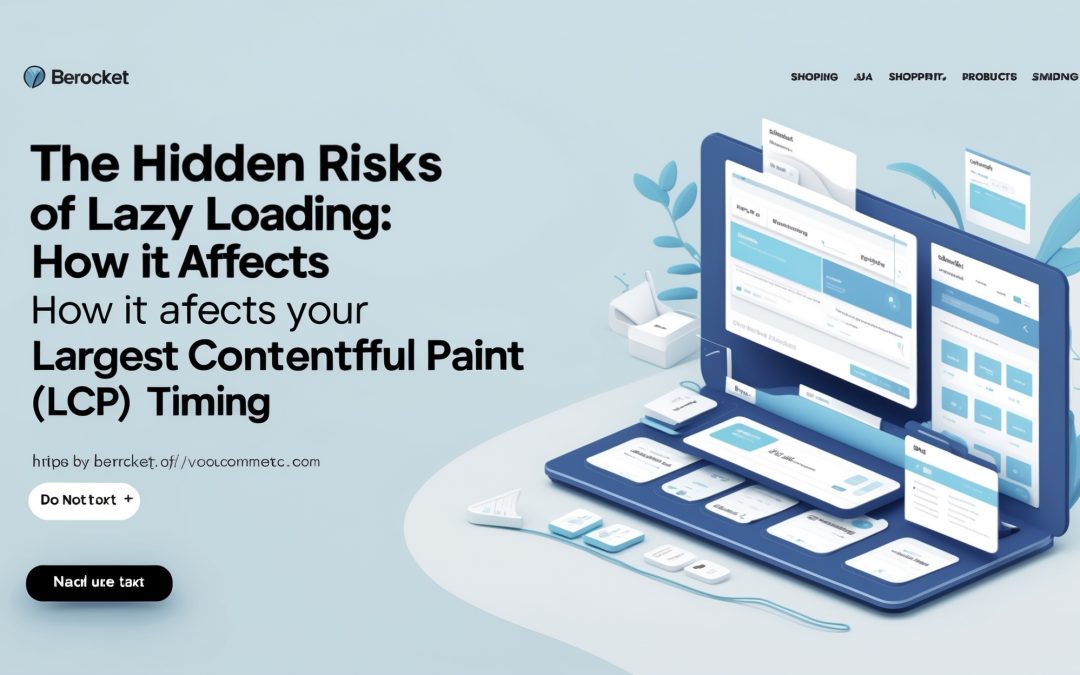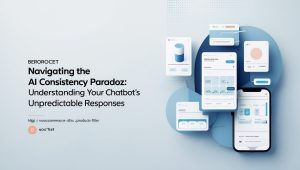Exploring the Dark Side of Lazy Loading: A Closer Look at LCP Delays
I often find myself entangled in the web of web performance, particularly the intricacies surrounding loading times and user experience. Take Lazy Loading, for instance—a modern-day miracle that promises to enhance page load speeds by prioritizing visible content. But like every good thing, it comes with its share of pitfalls, notably its potential to delay the Largest Contentful Paint (LCP). Yes, you heard that right. While Lazy Loading aims to improve performance, it can paradoxically delay LCP, the golden child of metrics that measures the speed at which the largest visible content element on your webpage loads.
Unpacking LCP and Its Reluctant Companion, Lazy Loading
In a world where every millisecond counts, LCP serves as an essential benchmark. After all, a website that takes too long to load risks losing the interest of users desperately scrolling for that next viral cat video. I think we can all agree that in the age of instant gratification, waiting is not in our DNA. So, what’s the problem with Lazy Loading?
Lazy Loading appears to be an elegant solution designed to only load images and videos when they’re needed. But by default, it can unwittingly obstruct the swift rendering of crucial content on your page. This is where it gets tricky. The default setup of lazy loading can hinder your site, causing delays in how quickly users actually see that all-important content. If that stunning hero image takes too long to reveal itself, your LCP metric takes a hit, and before you know it, your site tumbles down the Google rankings like a game of Jenga gone wrong. 🏗️
The Mechanisms Behind the Delay
Martin Splitt’s insights on this conundrum are worth shedding light on. He elucidates how certain libraries exacerbate this delay. When your lazy loading implementation relies on outdated or poorly optimized libraries, it can trip over itself, dragging LCP into the murky waters of slow loading. Suddenly, what was supposed to be a straightforward user experience transforms into a troublesome one filled with compromise.
I can’t help but feel a twinge of frustration here. How often have we integrated features that promise to simplify our lives, only to have them ensnare us in a web of complications? It’s like when you finally think you’ve caught up with that new TV series, and the plot suddenly twists into confusion—just when you thought you were in the know. 😫
Solutions to Fix the LCP Lag
It’s not all doom and gloom, though—there’s a way out. Exploring alternative methods to optimize content loading can significantly mitigate the issues associated with default lazy loading. For instance, consider implementing a strategy that involves prioritizing above-the-fold content, allowing it to render faster while deferring off-screen images. By placing an emphasis on the critical elements that compose your user’s experience, you can ensure that they don’t abandon ship before your webpage even delivers what they came for.
Testing and verification are your best friends here. I frequently advocate for rigorous testing methods, and you should too. Tools like Google’s Lighthouse can provide you with invaluable insights into how effectively your page is performing under the LCP lens. Employing such analytics can illuminate the lurking problems that lazy loading may have introduced. Knowing is half the battle, after all.
I often engage in discussions with fellow webmasters about the importance of maintaining a balance—a balance between speed and functionality. You need both, and it’s vital to have an analytical mindset when evaluating which elements deserve the spotlight during the loading phase. If we think of LCP as the main act, then everything else should merely serve as supporting cast until the curtain rises.
Final Thoughts
In the end, as with many things in the digital realm, understanding the potential pitfalls of lazy loading can empower us to create better, faster, and more efficient web experiences. While it can offer a quick fix to the overwhelming issue of loading times, reliance on it without scrutiny can lead us down a treacherous path—one paved with long load times and abandoned sites. 🚀
So, the next time you’re tempted to drop Lazy Loading into your site without batting an eye, remember: not everything that glitters is gold. Scrutinize it, test it, and verify it—because in the fast-paced digital landscape we inhabit, your users deserve nothing less than instantaneous gratification. After all, in the game of user retention, seconds lost can feel like an eternity.









